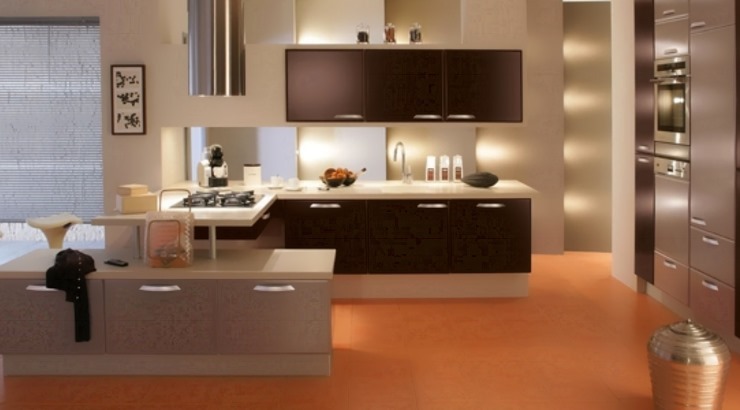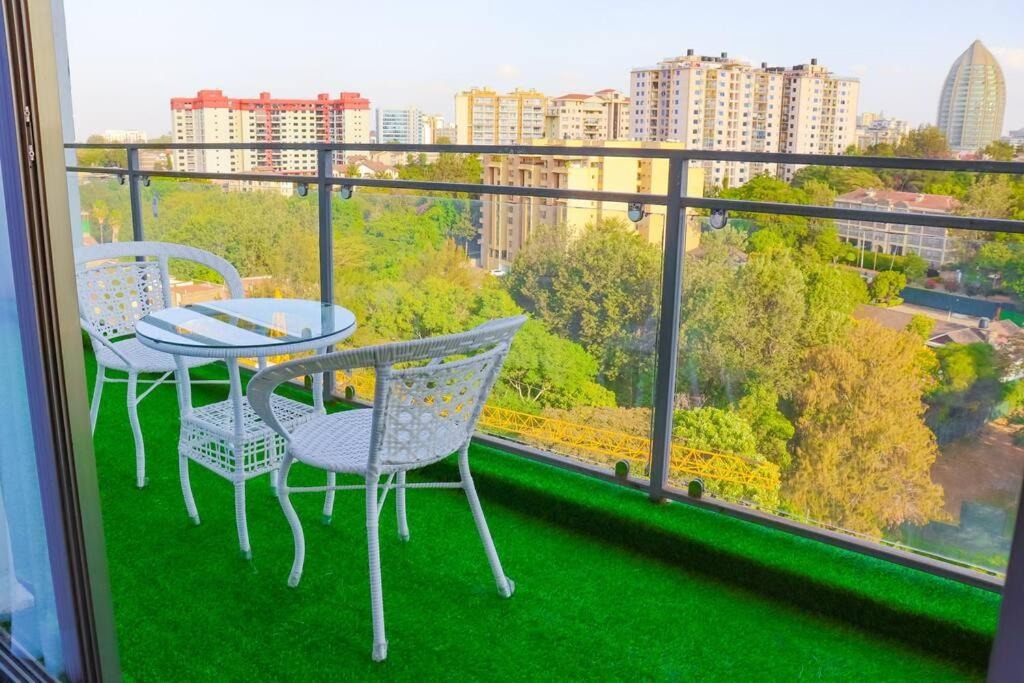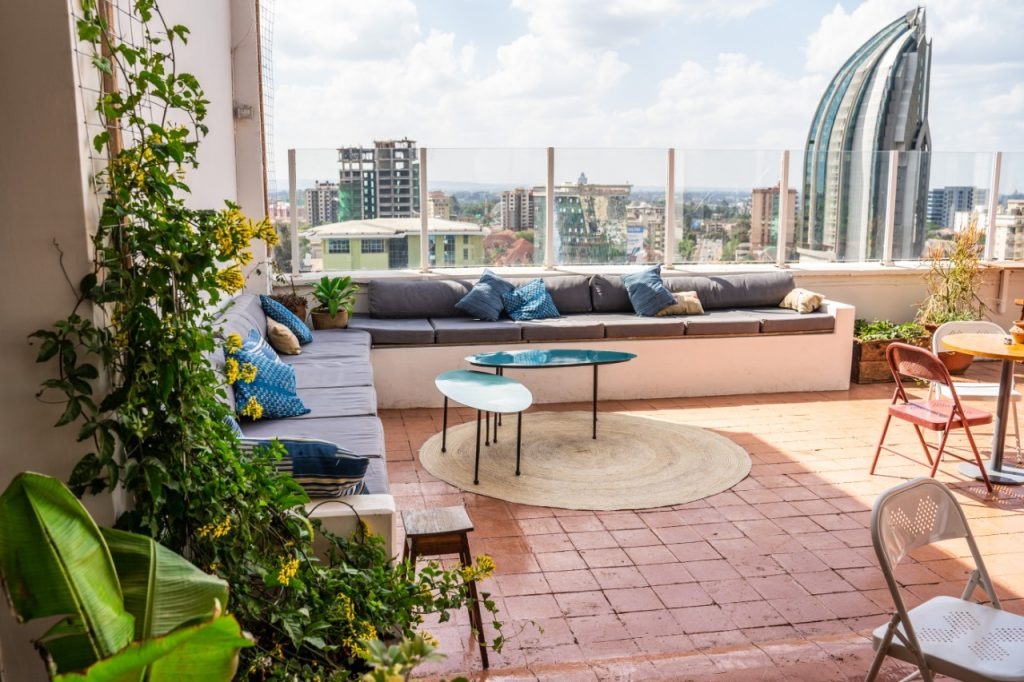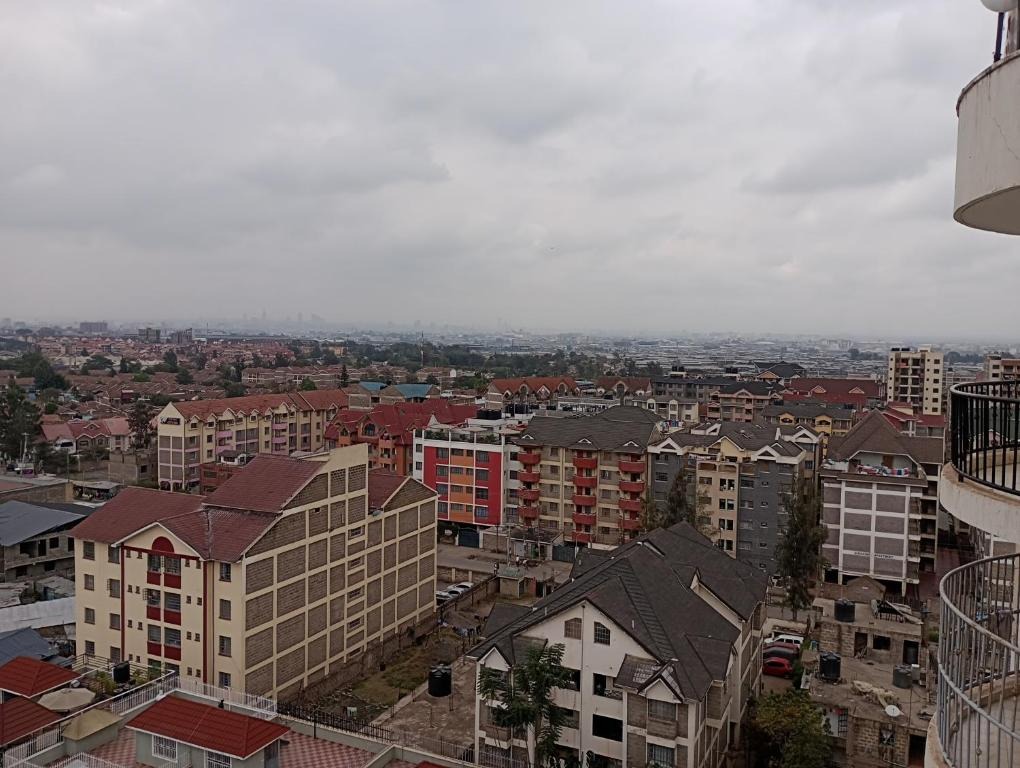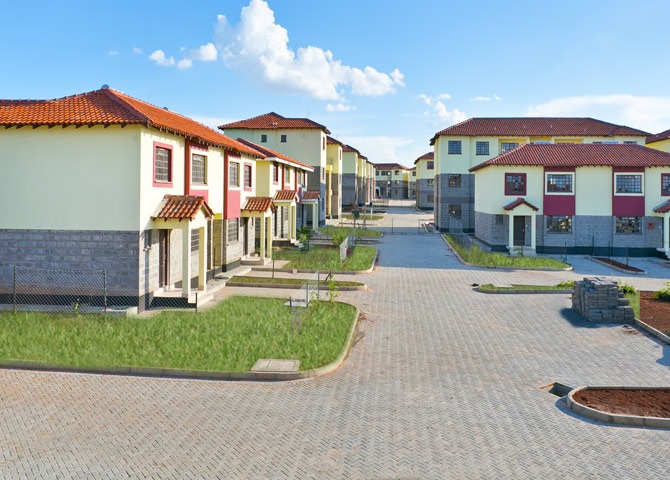Designing a functional kitchen for your Kenyan home can be a daunting task. Not only do you want it to look stunning, but you also need it to be practical and efficient. After all, the kitchen is the heart of any home, where meals are prepared, conversations are had, and memories are made. So how can you achieve the perfect balance between beauty and functionality? Here are three tips to help you create a kitchen space that is both stunning and practical for your Kenyan home.
1. Maximizing Storage Options
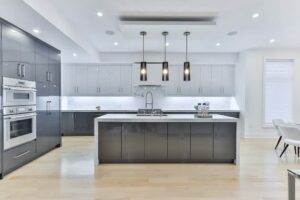
When it comes to designing a functional kitchen, storage is key. Kenyan homes often have smaller kitchen spaces, so maximizing storage options is crucial. One way to do this is by incorporating clever storage solutions such as pull-out drawers, overhead racks, and corner cabinets. These will help you make the most of every inch of your kitchen and keep it organized.
Another great storage option is a kitchen island. Not only does this provide extra counter space for meal preparation, but it can also double as a storage unit. You can add shelves, drawers, or even a wine rack to make the most of this versatile piece of furniture. With a well-designed island, you’ll have plenty of room to store pots, pans, and other kitchen essentials, making your cooking experience a breeze.
2. Choosing Durable and Easy-to-Clean Materials
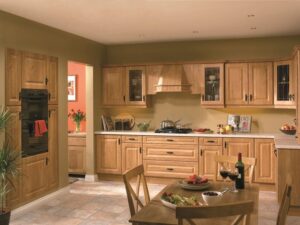
In a country like Kenya, where the kitchen is often a hub of activity, it’s important to choose materials that can withstand the wear and tear of daily use. Opting for durable materials will ensure that your kitchen stands the test of time and continues to look great for years to come.
When selecting countertops, consider materials such as granite or quartz. Not only do these materials look luxurious, but they are also heat-resistant, scratch-resistant, and easy to clean. This means you won’t have to worry about damaging your beautiful countertops while preparing a hot meal or cleaning up after a dinner party.
For kitchen cabinets, choose materials that are both durable and easy to clean. You can opt for high-quality wood finishes or even laminates, which are a more affordable alternative. Whichever material you choose, make sure it can withstand the occasional splatter and is easy to wipe clean. This will ensure that your kitchen always looks spotless, even during the messiest cooking sessions.
3. Incorporating Efficient Workflow Design
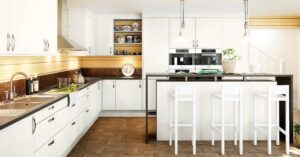
A functional kitchen is one that is designed with efficiency in mind. When planning the layout of your kitchen, consider the classic work triangle: the path between the refrigerator, the sink, and the stove. This triangular layout ensures that these three essential elements are within easy reach and that you can move seamlessly between them while cooking.
To further enhance workflow, think about the placement of your appliances and storage areas. You’ll want to have your pots and pans near the stove, your cutting boards and knives near the prep area, and your spices and cooking utensils within arm’s reach. By organizing your kitchen in this way, you’ll save time and effort when preparing meals.
Another way to improve efficiency is by installing proper lighting. Good lighting is essential in a kitchen, as it helps you see what you’re doing and prevents accidents. Consider a combination of ambient, task, and accent lighting to create a well-lit and inviting space. This will not only make cooking easier, but it will also showcase the beauty of your functional kitchen.
In conclusion, designing a functional kitchen for your Kenyan home is all about striking the right balance between beauty and practicality. By maximizing storage options, choosing durable and easy-to-clean materials, and incorporating efficient workflow design, you can create a kitchen space that is both stunning and practical. So go ahead, unleash your inner master chef, and enjoy the pleasure of cooking in your functional kitchen for Kenyan homes.
For more kitchen design inspiration, visit Realty Boris and discover a world of possibilities for your dream kitchen!

